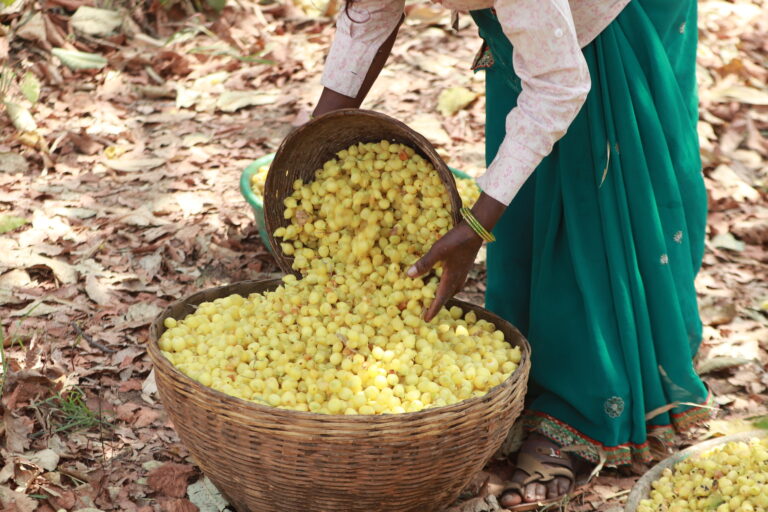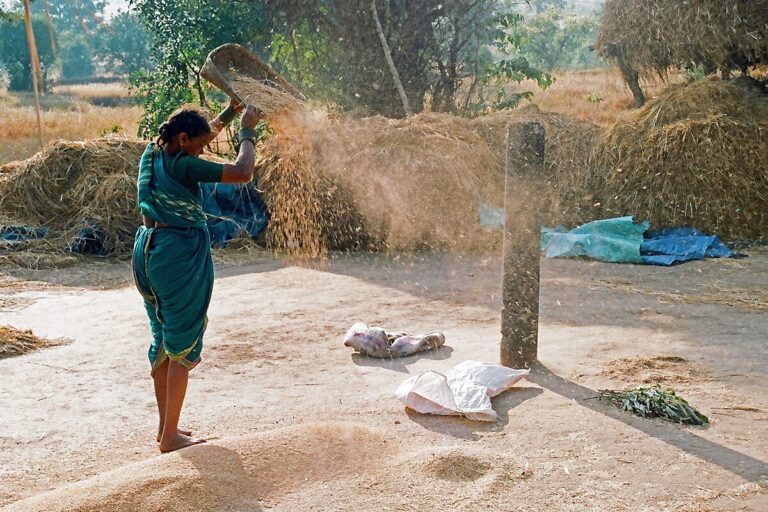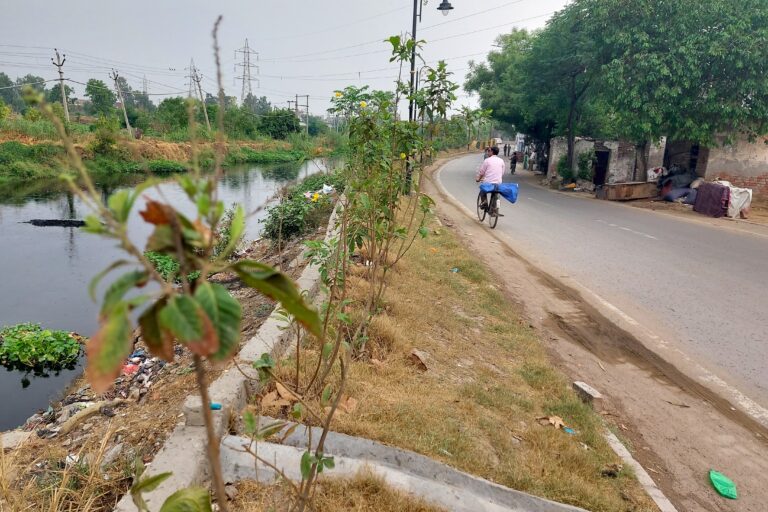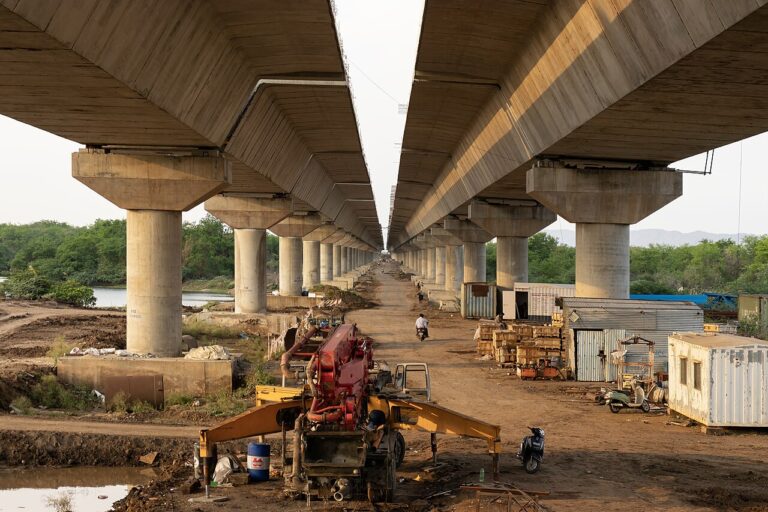- A “just transition” away from fossil fuels is still being conceptualised in India, which employs over three lakh workers formally and thousands more informally and in allied sectors.
- A new report analysing the socio-economic status of coal workers paints a clearer picture of which communities are likely to be most affected by a just transition, and why.
- Early economic diversification is a key component of a just transition, particularly for states with a high dependence on coal for revenue and income, experts have said.
A transition away from coal will have differing impacts on formal and informal coal workers, with the latter group facing a bigger challenge in light of poor socio-economic conditions and lack of education, among other factors, says a new report.
A “just transition” away from fossil fuels is still being conceptualised in India, which employs over three lakh workers formally in the coal mining sector, and thousands more informally and in allied sectors. India’s just transition policy is likely to focus on three key areas, a 2023 document on best practices says: Developing a comprehensive mine closure plan, focussing on people and communities (to ensure livelihoods and sustainable social infrastructures remain in place) and to leave behind a sustainable environment.
A new report by the National Foundation of India (NFI) analysing the socio-economic status of coal workers paints a clearer picture of which communities are likely to be most affected by a just transition, and why.
The report takes a detailed look at the circumstances in which formal and informal workers carry out their jobs in the coal and allied sectors. “It’s not enough to say, let’s give alternative jobs to these people without taking into consideration the health, social, and road infrastructure. Without these elements a transition will be incomplete,” said Pooja Gupta, a research associate with NFI and co-author of the report. An overwhelming number of coal workers are from marginalised castes and classes, who are uneducated and don’t hold cultivable land, “making the task of up-skilling them very challenging,” says the report.

Coal’s hidden costs
The researchers at NFI conducted 20 focus group discussions and surveyed 1,209 households across three states – Odisha, Jharkhand, and Chhattisgarh. Two districts from each state were selected for the study, one which was entirely or mostly coal dependent (mining), and one which was both coal dependent and coal allied (mining along with thermal power, for example).
The study found that informal engagement with the coal sector correlated strongly with poor education backgrounds and caste. In Ramgarh district in Jharkhand, 77% of respondents from Scheduled Castes, Scheduled Tribes, and Other Backward Classes interviewed said they had either no formal education or only primary education. In Dhanbad, also in Jharkhand, 57.5% of respondents said the same thing, and in Koriya, Chhattisgarh this proportion was 52%.
“Caste-based inequalities with regard to access to resources and opportunities are key issues in the transition to clean energy. In coal-bearing areas where the work is dominated by marginalised communities, opportunities for education and livelihood are less,” says the report.
Across all 20 focussed group discussions, the survey found that approximately 65% of the respondents reported having skin issues, such as dermatitis, eczema, and fungal infections, with expenses towards health.
Interestingly, in districts with more diversified industries, like Angul in Odisha, workers reported higher monthly incomes. “Most of Angul’s workforce working in coal and coal allied sectors were formally employed. If there’s formal employment, the transition is likely to be easier because these workers are easier to count and plan for, but it also means they have a more stable income and more means to save and spend,” said Gupta.

Early economic diversification is a key component of a just transition, particularly for states like Jharkhand and Chhattisgarh, with a high dependence on coal for revenue and income, experts have said. A recent policy briefing from the Institute for Energy Economics and Financial Analysis (IEEFA) found that between Jharkhand, Odisha, and Chhattisgarh, Odisha had the least dependence on coal for its own revenue (3%), indicating it had a more diversified economy which bode it well, compared to the other two. Coal makes up 13% of Jharkhand’s revenues and 8% of Chhattisgarh’s.
Without economic diversification, workers had had no other livelihood alternatives, the NFI study found. The most common secondary occupation is farming, but in districts like Dhanbad, which depends overwhelmingly on coal, poor environmental health and ecology made this practice unsustainable.
The NFI study also found that these districts were unsafe for women, with 75% of respondents reporting an unsafe or hostile environment for women. Women’s contributions and presence in mining areas have been largely invisibilised. Women lack representation in mining unions, preventing them from raising issues in their interest, researcher Suravee Nayak told Mongabay India in an interview last year.
“Women are already facing emotional, sexual, and verbal abuse in these regions. If their husbands lose their jobs, it’s women who will face the brunt of this fallout. A just transition policy cannot be framed without a gender lens, and how these women will be supported is an important aspect for governments to consider,” said Gupta.
Boost worker support
Carrying out a worker’s census to get a better idea of which workers will be affected, simplifying eligibility criteria for training and skilling programmes, and ensuring minimum wages are paid to prevent outmigration are some of the recommendations the NFI report makes. It also suggests bringing in opportunities like the Mahatma Gandhi National Rural Employment Guarantee Scheme (MGNREGS) to operate in coal mining areas so workers can rely on other activities for income. The MGNREGS is currently restricted in coal areas, the report says.

Improving access to basic facilities like roads can also help states diversify economically, says IEEFA. “The development of basic infrastructure, such as roads and communications systems, improves market and digital connectivity. This is critical for attracting private investment in emerging productive sectors to facilitate the economic diversification of coal-dependent regions. The same will be true for India’s coal-producing states, particularly because they lag behind other states’ public infrastructure development,” said the IEEFA policy brief.
Banner image: A woman rummages through coal overburden. Image by lecercle via Flickr [CC BY-NC-SA 2.0].














